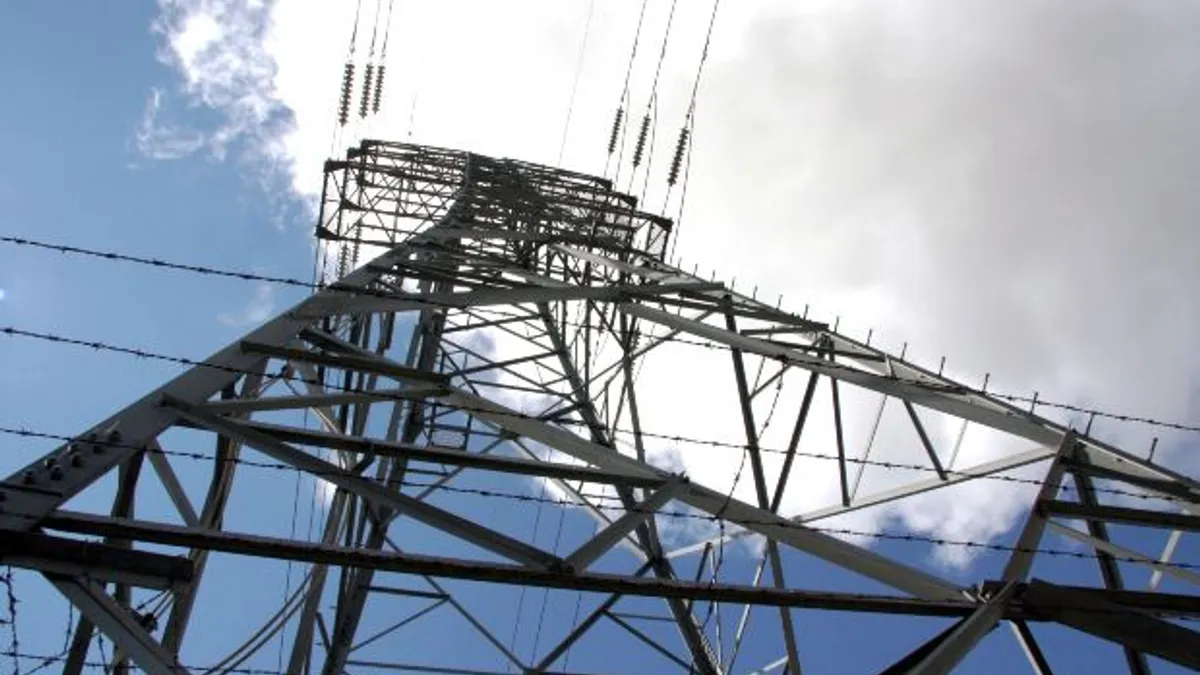Dive Brief:
- Alaska legislators are considering legislation aimed at "leveling the playing field" for independent power producers and drawing in more privately-funded generation to the state, the Alaska Journal of Commerce reported.
- House Bill 78 would mandate flatter tariffs on the state's transmission lines, rather than the series of escalating fees now imposed because multiple utilities own the infrastructure.
- Backers of the bill say the state's energy laws and regulations not only discourage competition, but discourage private investment and ultimately raise rates for consumers.
Dive Insight:
The state of Alaska spent $212 million in the last three years on generation infrastructure, according to Rep. Tammie Wilson (R), who introduced the measure.
Alaska currently ranks last of all 50 states in the production of competitive electricity from independent power producers, Wilson said, due in part to the state's lack of wholesale electrical competition. Alaska also has the highest average cost of industrial, business electricity rates in the nation, and the highest average residential electricity rates in the nation.
"Our noncompetitive high electric rates negatively impact our economic development and unnecessarily burden our Alaskan businesses, mines, entrepreneurs and households," Wilson said.
Because Alaska's transmission infrastructure is owned by a variety of utilities, it has led to "rate pancaking" where fees and tariffs are imposed across different segments. The issue is especially significant in the state's Railbelt, where six utilities own the lines.
"Fair play, open access to transmission, nondiscrimination in the procurement of lowest cost energy allows market forces to pick winners and provides an avenue for Alaska to meet its goals as stated in our State Energy Policy," Wilson said. The Alaska Competitive Energy Act "embraces competition as the guiding principle for our electrical generation and transmission industry because Alaskans know that competition works."














